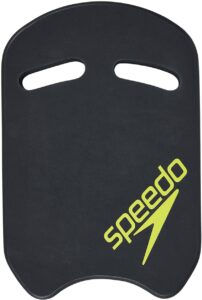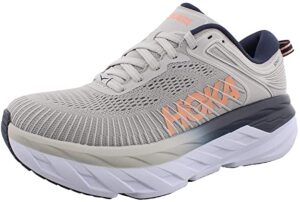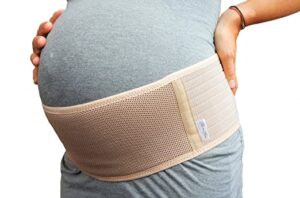Vulva varicosities, or varicose veins of the vulva are dilated veins in the labia region. The veins can become enlarged, dilated and twisted and blood can pool in the affected areas. This can cause pain, pressure and discomfort. They are estimated to occur in 18%–22% of pregnant women.
Symptoms:
-
Veins around the labia become more obvious. They might look twisted, like they are bulging or look more blue or purple in colour.
-
The changes in veins can also be seen around the groin area.
-
Some ladies do not have any symptoms other than the change in appearance.
-
Ladies might find sex more uncomfortable if these veins are more pronounced.
-
There might be a pressure, feeling of heaviness or aching / pain in the affected areas.
-
Ladies might experience some discomfort in the area while walking / exercising.
-
The veins can occasionally also cause itching.
-
Pain or swelling might be worse at the end of the day.
Causes:
-
Increased amount of blood during pregnancy.
-
Changes in hormones during pregnancy allow the vein walls to relax and slow the return of blood.
-
A history of varicose veins (either in the legs or pelvic region).
-
A family history of the condition (or varicose veins).
-
Prolonged periods of standing.
-
Ladies who are less physically active.
Here is what the latest evidence says about treatment for Vulva / vaginal Varicosities:
At least 80% of Vulva Varicosities will return to their original state within the first 8 months postpartum. If the veins are causing no symptoms then there is no treatment necessary. If there is pain or discomfort then you could try the following (this is not to get rid of the veins, only to help the symptoms associated with them):
Breastfeeding info – This study found an association between the end of lactation period (or a reduction in breastfeeding) and the rate of vulva varicosity disappearance: the shorter the lactation period, the earlier the varicose veins of the perineum disappeared, and vice versa. If you are symptom free then the veins should clear up once you finish breastfeeding (so don’t worry if they are still there after 6 months if you are still breastfeeding, blame those pesky hormones again).

Sleep position info – Experts recommend that pregnant women sleep on their side with the knees bent. The side sleeping position relieves the pressure of a growing belly, enabling the heart to pump and blood to flow easily throughout the body. In particular, the left side is recommended because it prevents pressure on the liver and facilitates healthy blood flow to the foetus, uterus, kidneys, and heart. This might help with varicose vein symptoms (and is something that you are usually advised to do from early on in your pregnancy).
Exercise info – If you already have varicose veins, exercise can keep them from getting worse by improving circulation, which also helps to alleviate pain and discomfort associated with the affected veins. Generally, low-impact exercises are best, and include the following:
- Swimming – Swimming is a great form of exercise when pregnant (and after). It has been shown to improve cardiovascular health (amongst other things). If you are not a competent swimmer, that’s ok. Grab a kickboard and do a legs only workout to get the same benefit from swimming (and you don’t have to put your head in).
- Walking – Invest in some good walking shoes / trainers and get walking. Walking helps to improve circulation (especially if you add in a few hills). Try to walking 20-30 minutes a day (if you have no other pains). The type of trainers you will need to help you through pregnancy are ones with good support and cushioning. Here is a popular brand, which come with good reviews (when it comes to comfort and impact), they are a good investment as they can be used during and after pregnancy when walking with the pram and can help to prevent things like plantarfasciitis.
- Gym – Lots of ladies continue to go to the gym throughout their pregnancy which is great for maintaining strength, fitness and health. If you are suffering from vulva varicosities then avoid any sitting exercises that increase the pressure in that area (eg bikes) but otherwise gym work should be fine to continue (as long as it is not painful). Try to make sure your gym workout includes some cardio work at each session (walking on the treadmill).

- Yoga – is a form of exercise that has been shown to be safe and effective in pregnancy and post birth. Yoga can help stretch out the muscles surrounding the veins and arteries within the pelvis and legs, helping to increase blood supply and flow. There are lots of Online Yoga programmes available, have a look at our Top 5 here (and why we love them)! You can also read our blog on how yoga can help in other ways.
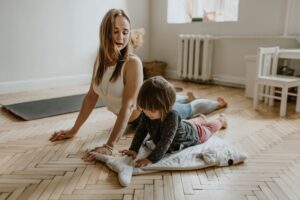
- Pilates – is another option for a safe and effective form of exercise that helps with circulation, strength and stability. Have a look at our Top 5 Online Pilates programmes here.
Things you can buy if pain is your main issue:
Cold therapy – We know that cold can help to reduce pain and inflammation. You could apply cold to the affected area 3-4 times a day for 15 minutes at a time to help ease the pain and any swelling that might have built up throughout the day. You could use ice wrapped in a towel over the affected area or you can buy specific cold packs like these that attach to your underwear:
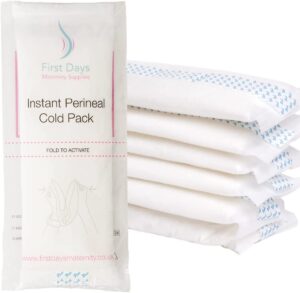
Sitz Bath – Another method of applying cold is a Sitz Bath. These ‘baths’ allow you to sit with only your genital area in the water (so you don’t have to sit in a cold bath). Cold is always recommended over heat as heat can make the symptoms associated with varicose veins worse. You can buy a collapsible Sitz bath with great reviews HERE.
Lavender – This very recent study showed that the use of Lavender (in any form), following the birth of a baby, had a significant effect on pain relief and healing of episiotomy wounds. This slightly older study demonstrated that lavender oil helped reduce ulcer duration and size in patients, which are a common complication of varicose veins. Essential oils can be added to a Sitz bath to help aid pain relief associated with vulva varicosities. Essential oils should always be diluted and discussed with a healthcare professional before use as they can cause allergic reactions. We would recommend using a lavender essential oil such as THIS one by Hebeso.
Rosmary Oil – This study looked into the effects of rosemary oil on circulation and pain. They reported that the oil helped to improve local blood circulation and alleviate pain but the application was specific to certain muscle tissues and at certain concentrations. there are no studies, that we know of, that have investigated the effects of Rosemary on Varicose Veins specifically so caution is advised. You can buy a Rosemary essential oil (with great reviews) here.
Doughnut cushions – a lot of studies have been carried out in order to check the effects of doughnut cushions on pressure relief. The studies are always in their favour, so if pain is your main issue then something like this might help to take some of the pressure off the affected area. Various types of cushions are on the market, have a look at our Top 5 pressure relief cushions HERE.

Pregnancy support belts – These belts are thought to help swelling in the lower limbs by taking some of the weight out of the heavy bump (in later trimesters). If you are quite far a long in your pregnancy then these are certainly an option to try, as they may help to increase blood flow and circulation, helping those suffering with vulva varicosities. This is only a theory however, more research is needed in this area.
Have a look at our top 5 pregnancy support belts here.
What your GP could recommend if things don’t improve:
Medication – There are medications that can help drainage of the veins. Please speak to your GP about this treatment option if you feel that your symptoms haven’t improved after having your baby (and after stopping breastfeeding).

Surgery – Surgical treatment of vulva varicosities during pregnancy is indicated only in cases of complications (thrombophlebitis). Surgery (removing the veins) is recommended in the postpartum period only if the veins have failed to repair following a lengthy postpartum period (after stopping breastfeeding).

